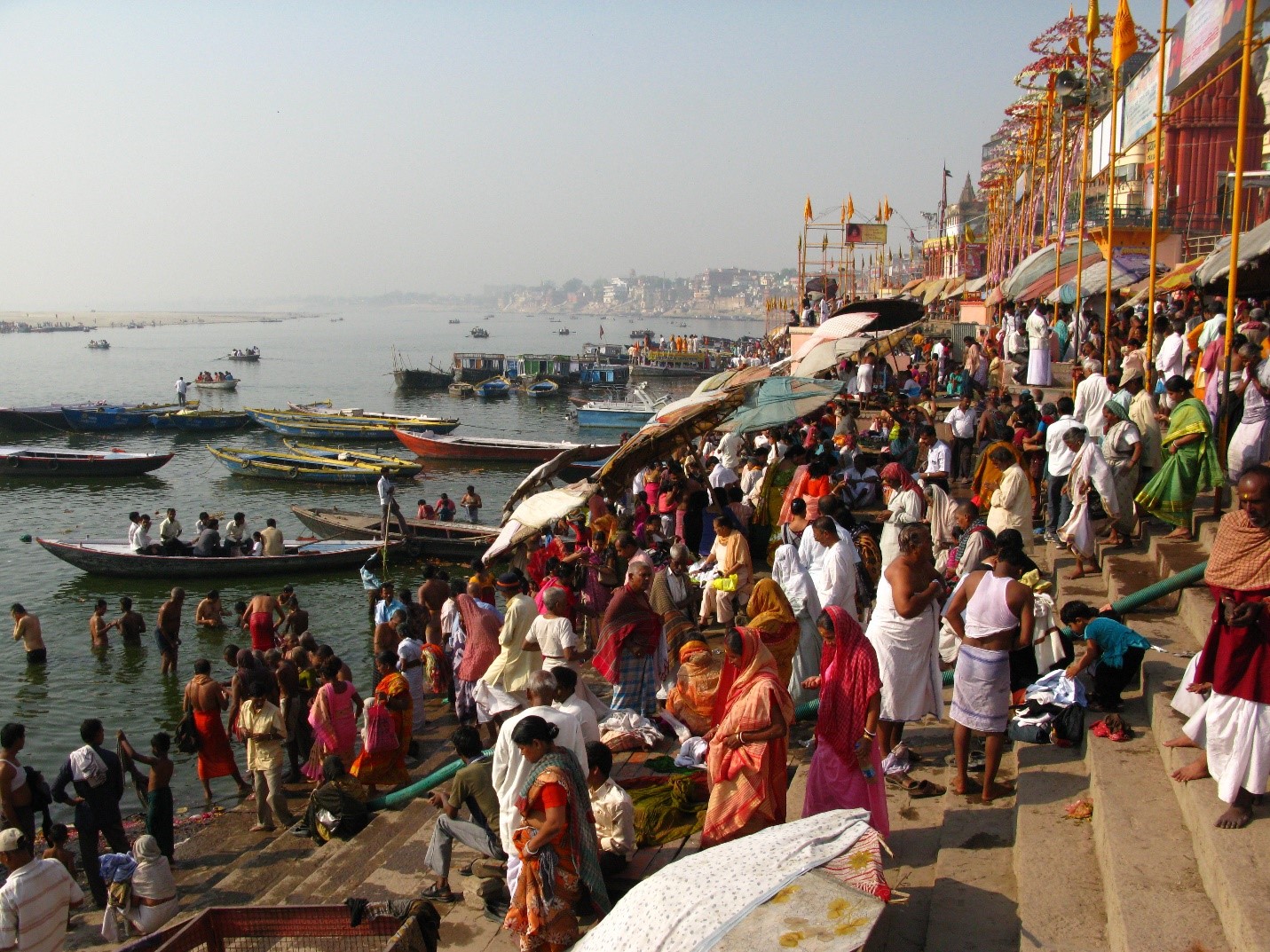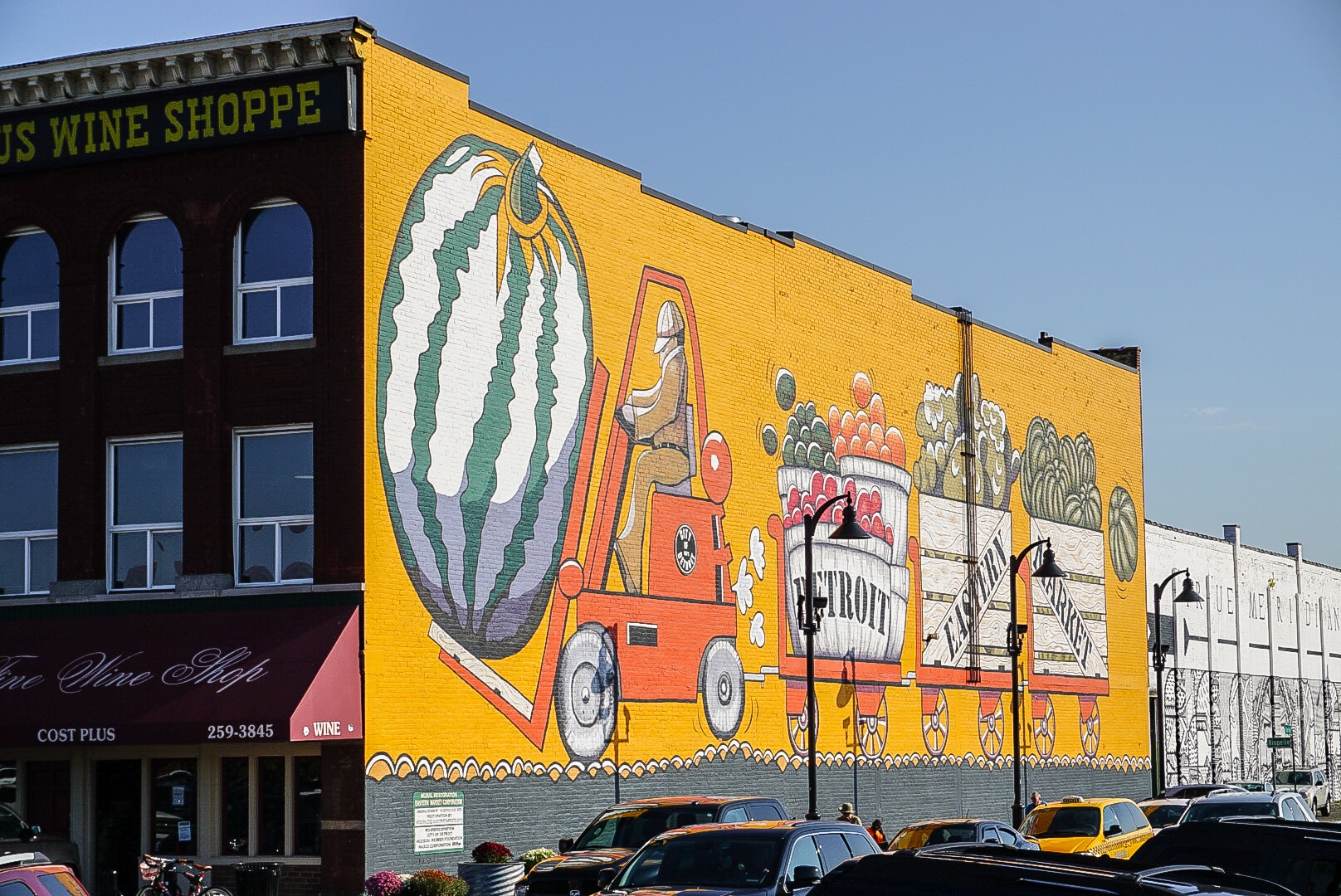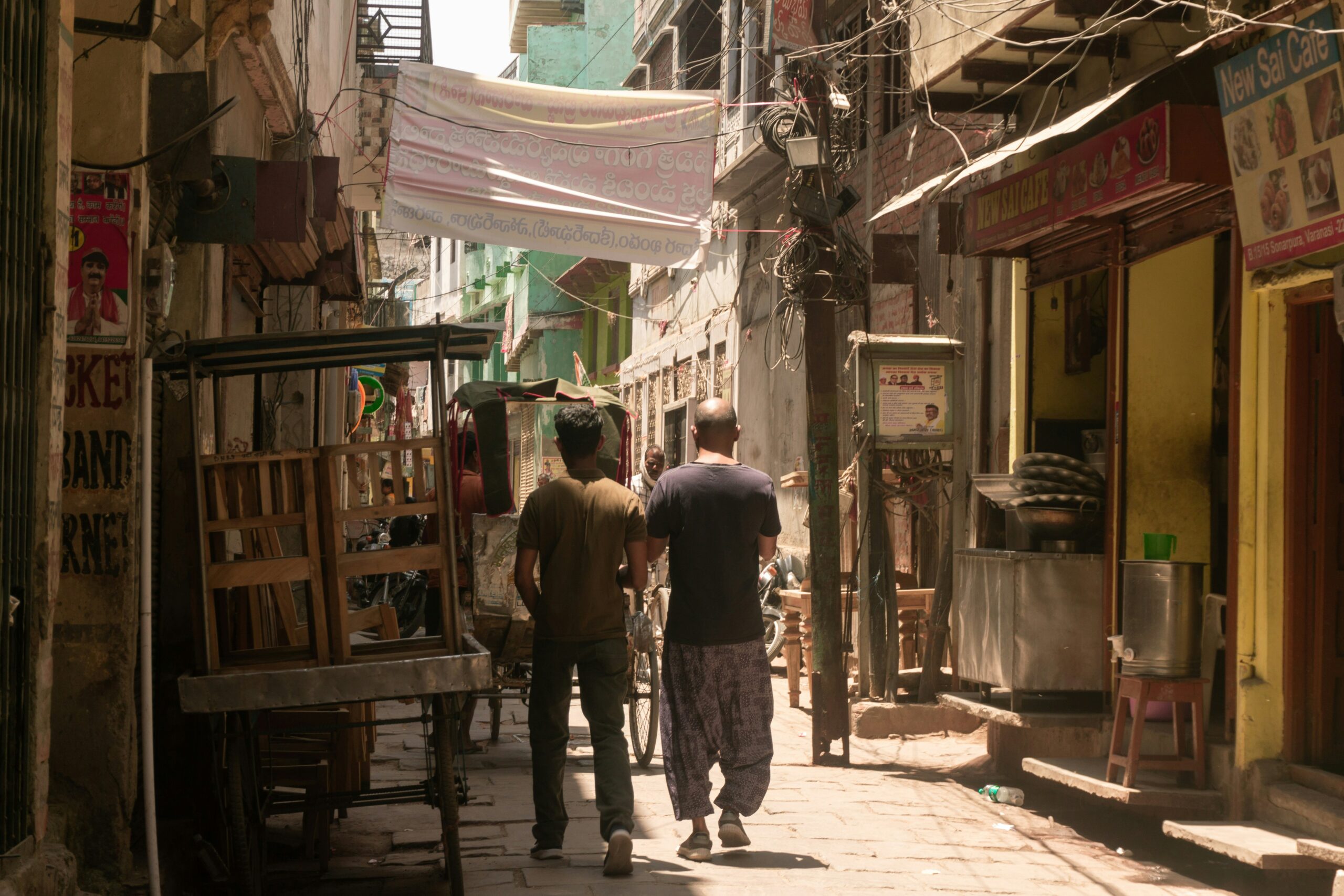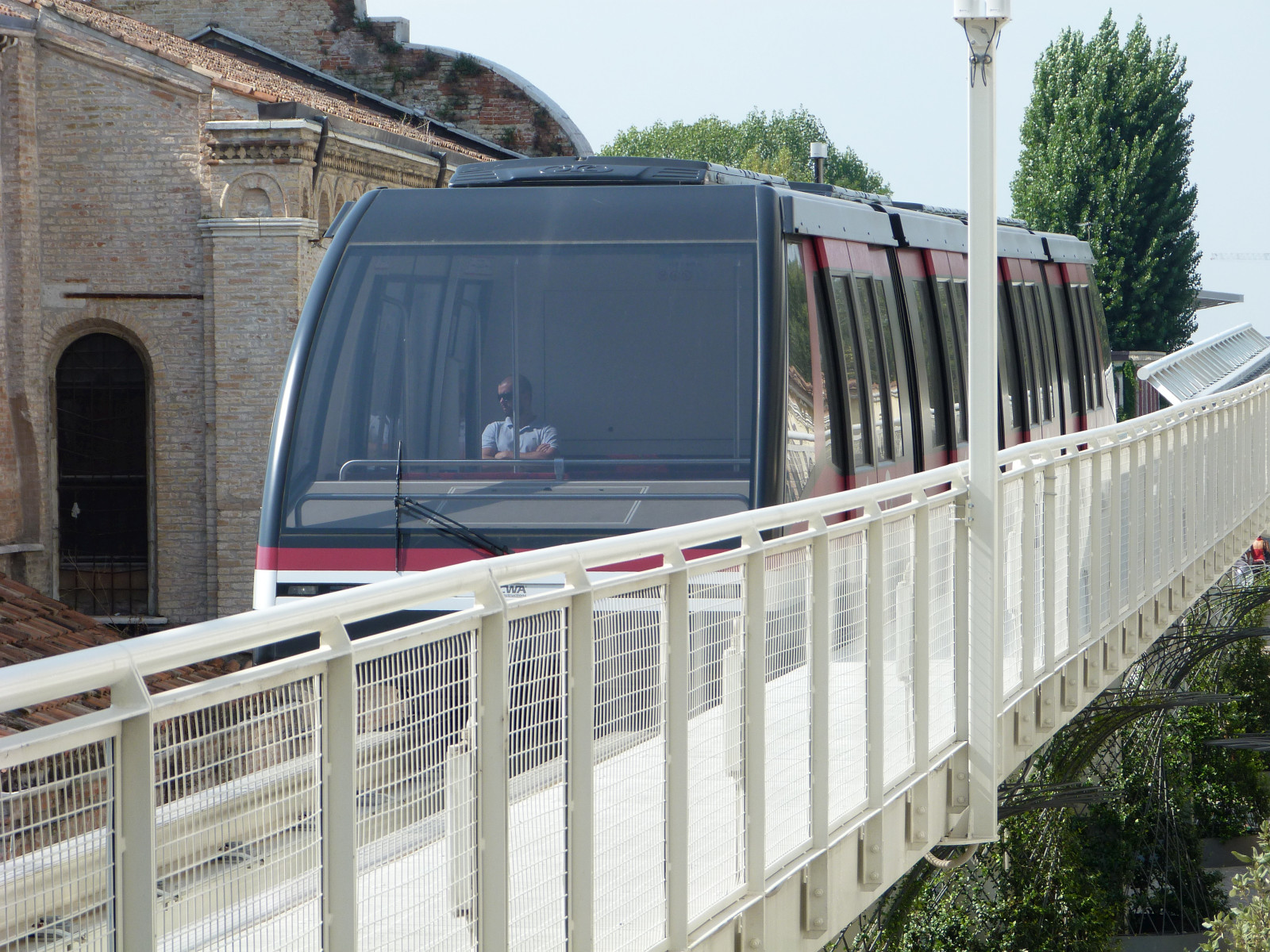
In the face of rapid urbanization, evolving mobility patterns and the looming climate crisis, the Sustainable Cities Challenge emerges as a pioneering initiative providing a catalytic approach to drive progress. Launched by the Toyota Mobility Foundation in collaboration with WRI Ross Center for Sustainable Cities and Challenge Works, this $9-million initiative aims to address pressing urban mobility issues through open innovation. Detroit, Varanasi and Venice have been selected as host cities, each representing different mobility landscapes while collectively epitomizing the diverse tapestry of global urban challenges.
The primary goal of the Sustainable Cities Challenge is to create more efficient, accessible and environmentally-friendly transportation systems. By fostering innovative solutions, the initiative seeks to develop approaches that can be scaled to cities worldwide, towards smart, sustainable urban living.
Detroit: Transforming Freight

Detroit, Michigan, widely known as the “Motor City,” is leveraging its automotive heritage to pioneer sustainable mobility solutions. The Detroit Sustainable Cities Challenge focuses on Eastern Market, one of the oldest and largest urban food production and distribution centers in the United States. This bustling hub serves as Detroit’s center for food production, processing, packaging and distribution, playing a vital role in feeding millions.
Eastern Market is a cornerstone of Detroit’s food economy, selling over $360 million of wholesale food annually, with exports to international markets nearly doubling that figure. The market organizes a complex ecosystem of farmers, wholesalers, logistics operators and distributors into activities designed to move food efficiently. As Eastern Market continues to expand as both a market and a mixed-use neighborhood, it faces a key challenge: harmonizing increased food production and distribution with clean freight initiatives.

The Detroit Sustainable Cities Challenge seeks innovative solutions that can enhance the efficiency of freight operations while significantly reducing fossil fuel costs and unlocking opportunities for clean freight technologies. Possible avenues for innovation include optimizing fleet, cargo and cold chain management, and finding alternative energy sources for powering fleets and cold chain logistics. However, the drive for change is met with concerns around potential disruptions to business operations in an already competitive market with thin margins. To address these concerns, successful solutions must add value to existing operations, integrate seamlessly without imposing substantial costs or interruptions, and be readily adoptable by Eastern Market’s diverse stakeholders.
Varanasi: Innovating Crowd Flow

Varanasi, India, cradled along the banks of the sacred Ganges River in northern India, is one of the oldest and continuously-inhabited cities in the world. Revered as India’s “spiritual capital,” the city draws millions of pilgrims and tourists annually, creating unique urban challenges that blend ancient traditions with modern-day realities.
The city’s labyrinth of narrow, winding lanes poses significant challenges in accommodating the massive influx of visitors, leading to growing concerns about safety and accessibility. The confluence of pedestrians and vehicles in tight spaces has created a complex and often hazardous environment, particularly for vulnerable groups such as the elderly and people with disabilities. While plans are in place to improve infrastructure to access Varanasi, specifically the old city of Kashi, changes to wider physical infrastructure will be challenging and unlikely. With generations of organic development, the city is densely populated with residences, businesses and a web of winding pathways leading to the Ganges River — disrupting this ancient and revered infrastructure or displacing residents and generational businesses could prove to be detrimental for locals and could tarnish the city’s sacred status.
The Varanasi Sustainable Cities Challenge seeks innovative, data-driven solutions to ensure that the crowded areas of Kashi are safer and more accessible for tourists, residents and vulnerable populations. These solutions must preserve the character of Kashi, avoid obstructing religious, spiritual and tourist activities, and operate within the constraints of the existing infrastructure. To achieve this, city authorities are leveraging existing camera footage to create new and more effective approaches to crowd-flow management. Potential solutions range from smart crowd monitoring systems to innovative urban design interventions that enhance pedestrian flow while respecting the city’s historic fabric.
Venice: Embracing Sustainable Mobility

Venice, a renowned Italian port and cultural hub, presents a unique urban landscape that spans its historic island center and mainland areas like Mestre and Marghera. Embracing both land and water for transport, Venice has become a laboratory for multi-modal mobility solutions.
Despite a comprehensive transportation network, including buses, trains, trams, hybrid water buses and micromobility services, Venice faces a critical challenge: underutilization. The city’s diverse low- and zero-carbon transport options have yet to achieve their full potential in terms of public adoption. This issue is potentially rooted in the power of habit and familiarity in shaping mobility choices. According to the 2023 Audimob report on Italian mobility, people tend to stick to familiar mobility habits, often missing out on new services and innovations that could offer better, more sustainable alternatives. Yet over 50% of trips in metropolitan Venice take 15 minutes or less, indicating that there is significant untapped potential for encouraging sustainable transport use.

The Venice Sustainable Cities Challenge calls for innovations that encourage behavior change, focusing on understanding users’ motivations and enhancing the appeal of low-carbon modes. The Challenge is open to new and exciting approaches, from blending different expertise such as technology, psychology, urban planning and economics to harnessing new or novel technology combinations. Solutions will need to account for different user groups’ needs, preferences and circumstances. Potential proposals could leverage techniques such as nudging, gamification or altering choice architecture to promote sustainable transport. There is also an opportunity to build upon existing technologies, like the Venezia Unica card, which allows electronic ticketing across various modes, to further streamline the user experience and make greener and healthier modes more appealing.
A Blueprint for Global Urban Sustainability
Through its open innovation approach, the Sustainable Cities Challenge encourages fresh perspectives, potentially uncovering new solutions to persistent urban mobility issues. The insights gained from addressing the unique challenges in Detroit, Varanasi and Venice can offer valuable lessons for other cities facing similar difficulties. By integrating and elevating these innovative interventions, cities worldwide can develop more sustainable, efficient and attractive mobility systems.
The $9-million Toyota Mobility Foundation Sustainable Cities Challenge is currently accepting entries for Detroit until September 12, 2024, for Varanasi until October 10, 2024, and for Venice until September 30, 2024. Interested candidates can register for one-on-one sessions for any inquiries.
Hannah Ohlund is Urban Mobility Research Analyst at WRI Ross Center for Sustainable Cities.
Thet Hein Tun is Senior Transportation Research Associate at WRI Ross Center for Sustainable Cities.
Vishal Ramprasad is Integrated Transport Senior Program Manager at WRI India.





